In this post I will give you examples on what you can practice on the field. I sure know it’s very easy to get somewhat carried away by freestyle flying, taking things as they come. But the reward you get when you start to get the hang of that intentional flying, I’m sure you’ll find it worthwhile!
Let me first quickly remind you of the five reps practice method. You can read more about the method in this post, and I suggest you have this in the back of your head next time you’re out flying.
Speed Control
Everything looks soooo much better when you manage to fly your kite in a constant speed wherever it happens to be in the wind window. Speed control is a skill that needs some practice to get the hang of, even though it sounds pretty easy. However, it’s not!
But you know, practice makes perfect and the more you practice, the better you’ll get!
On a day with favourable wind conditions, go out and fly your kite at a speed you feel comfortable with. Not to fast nor to slow (all though in my opinion slower looks better than faster). When you’ve found this speed, do whatever it takes to stick to it. Whether you fly horizontal or vertical trajectories, curves or circles anywhere in the wind window, keep that constant speed!
Add the brakes when flying downwards, speed up a little when flying upwards, move your body to compensate for too much or to little wind, keep your arms working … because it all boils down to one thing … give or take. Maintaining a constant pressure in your sail!
(Yes, there are exceptions to this ‘rule’ but I won’t go into that now.)
Flight Patterns
How can that square be soooo difficult to fly perfectly? After all it’s just four straight trajectories connected with four sharp 90° corners?
Well, there are loads of stuff that can go wrong. The trajectories can be wobbly, they can go skewed, they can be of unequal length, the can vary in speed, your kite can suddenly loose height … or speed… Or your corners might not be 90 degrees, maybe a bit more, maybe a bit less so you’ll have to compensate. They might be out of place and your square suddenly starts looking like a rectangle…
But don’t worry! Go out there and practice! And using the five reps practice method will shorten your learning curve by separating the inner variables – which you can train – from the outer variables – which are out of your control.
In the video below you can see a handful of examples on several flight Patterns you can implement in your flying. They comprise both speed control and intentional flying.
My advice is to focus on just two of the flight patterns at a time and do it properly with an eye for the details. Repeat, repeat and repeat like described in this post. And if you can have Mr Tripod or anyone else to capture it all on film, you’ll have a great tool for analysing your flying in the comfort of your livingroom!



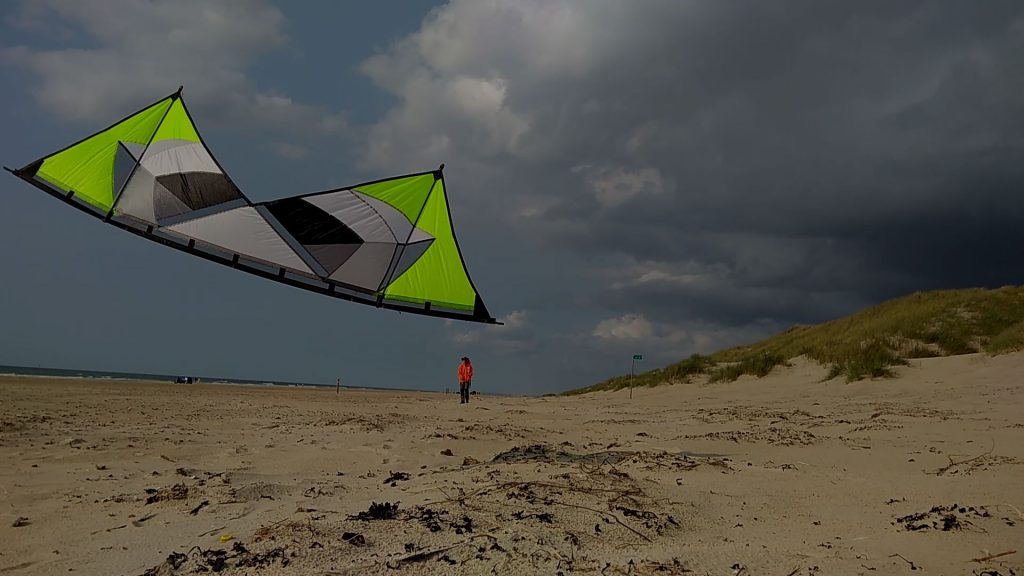
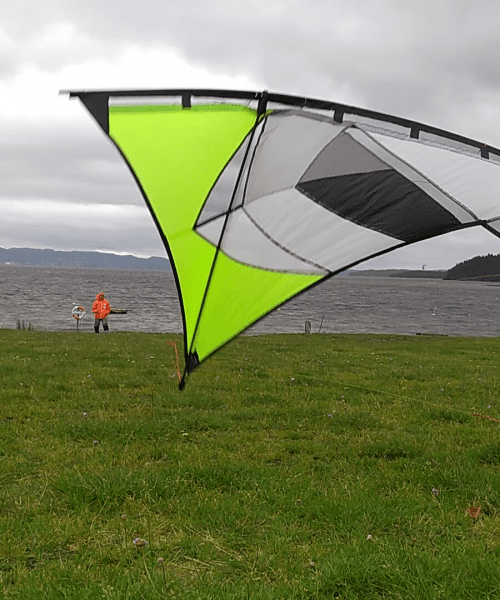
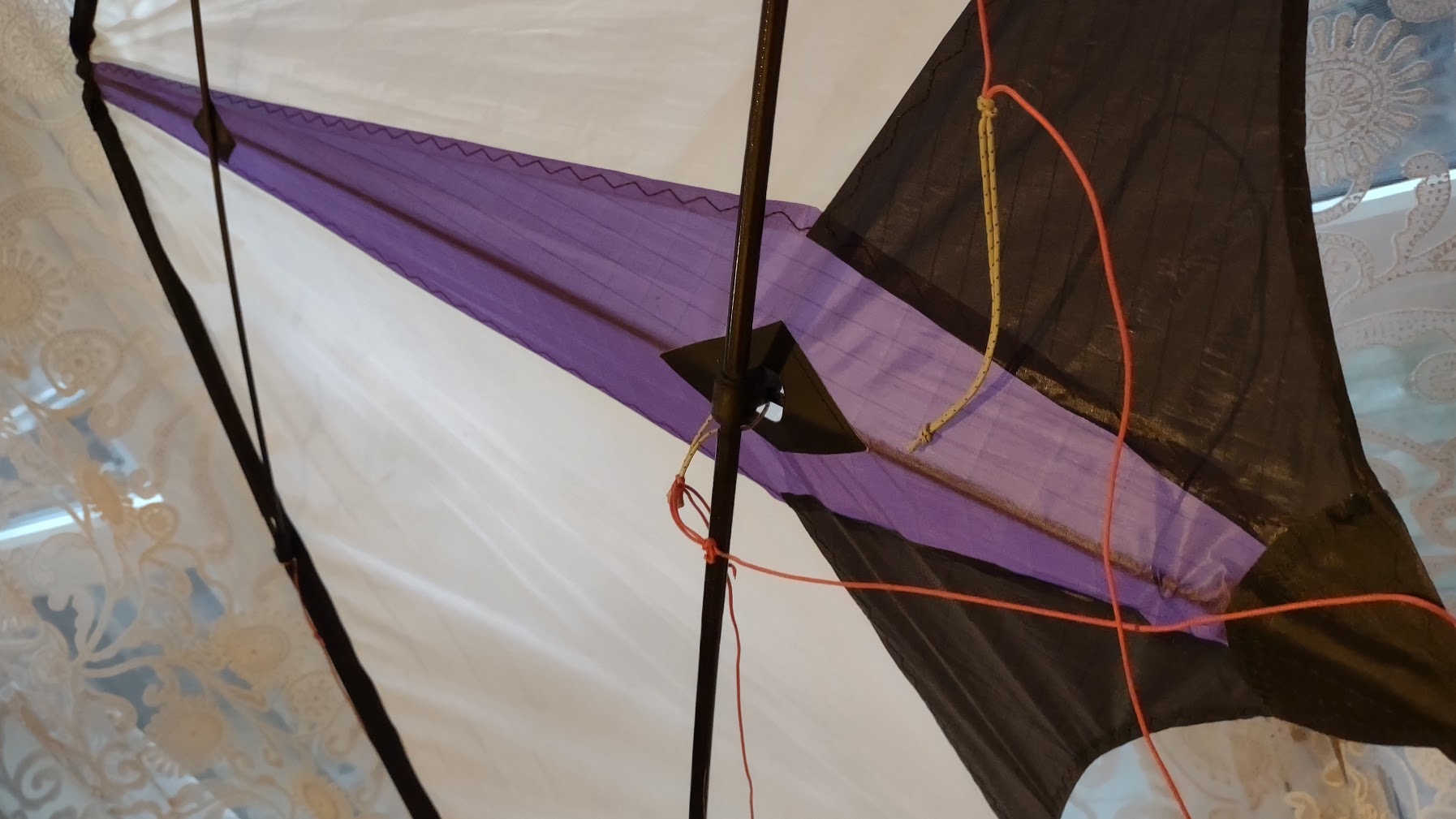

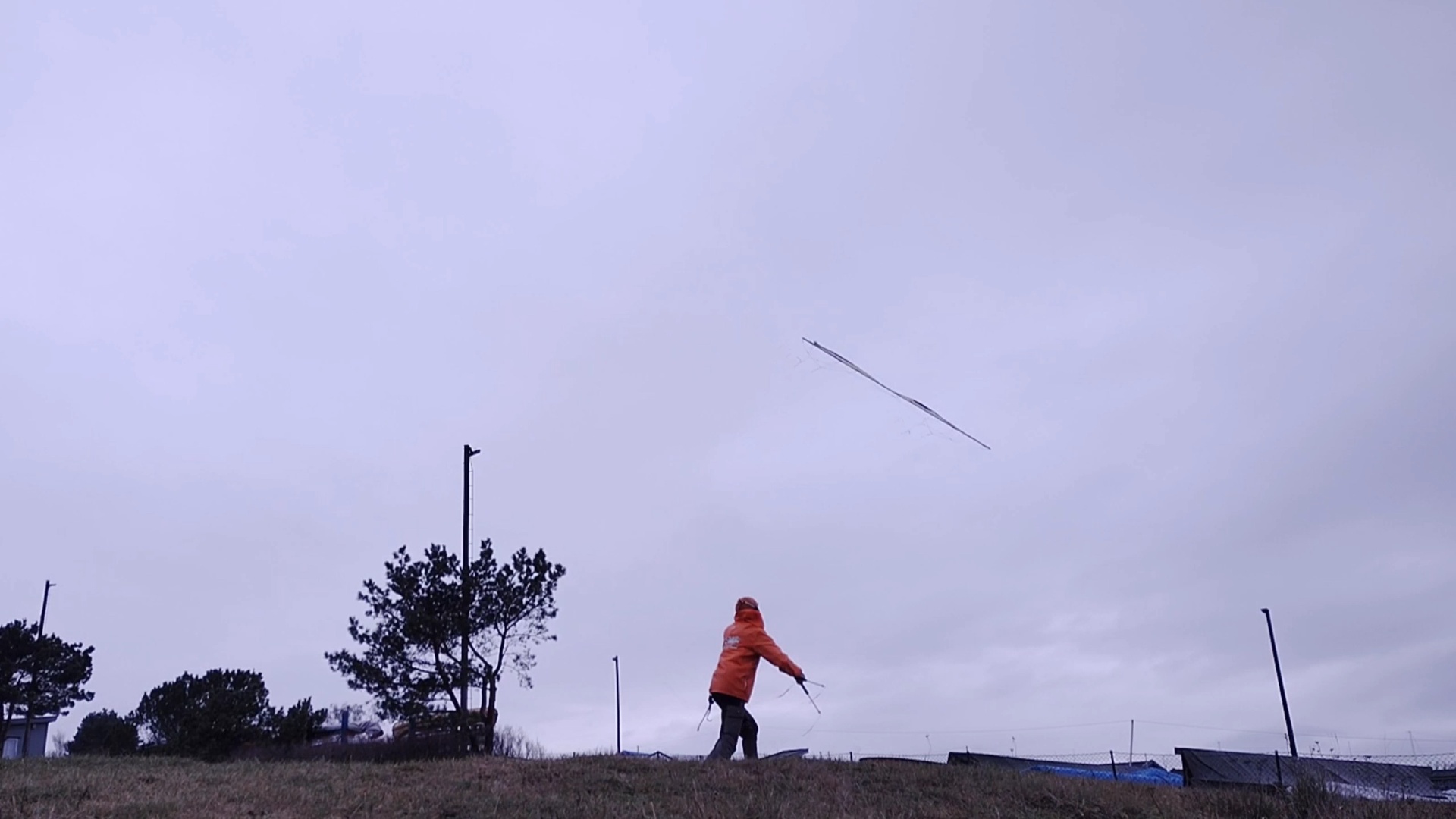
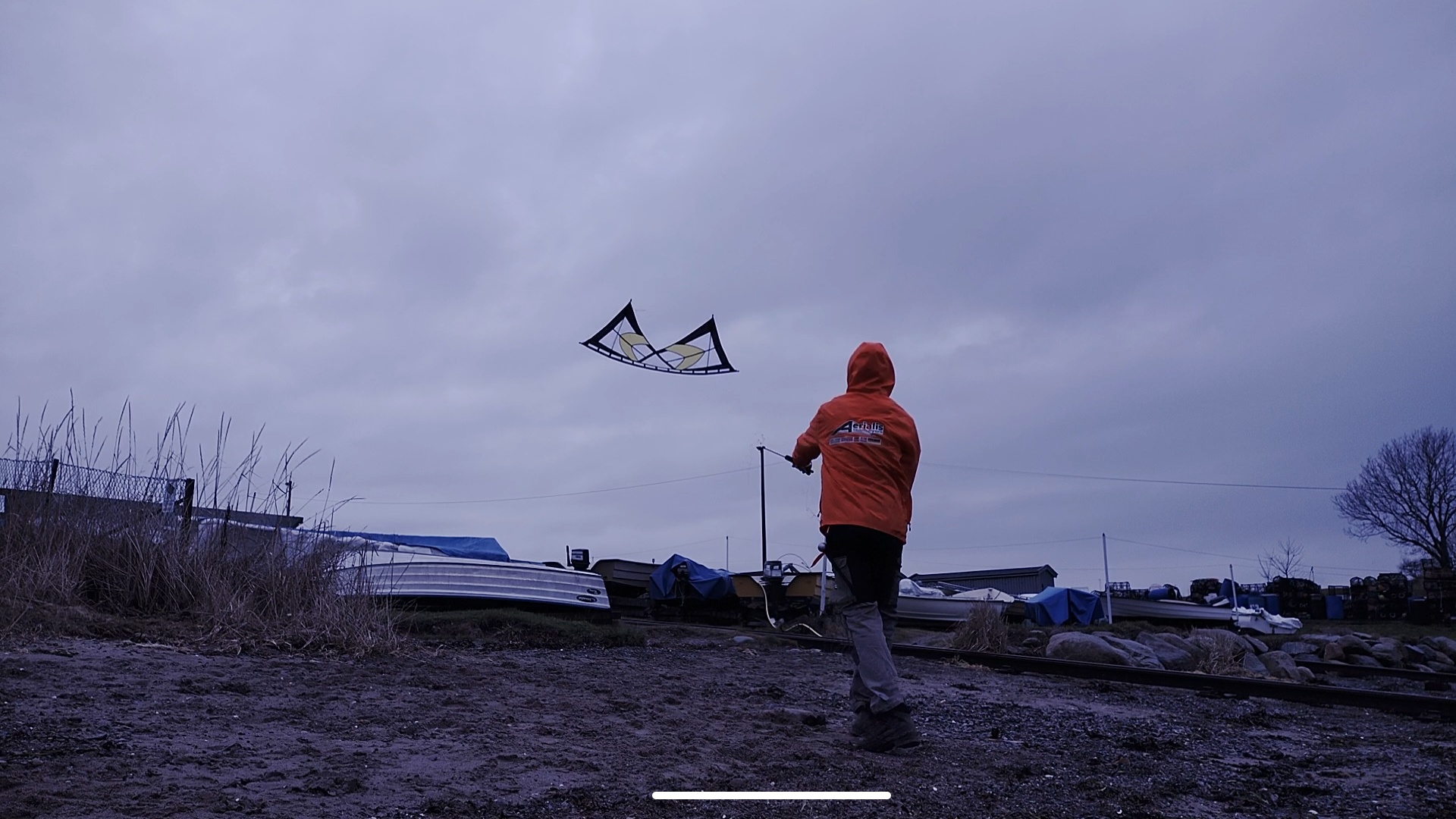
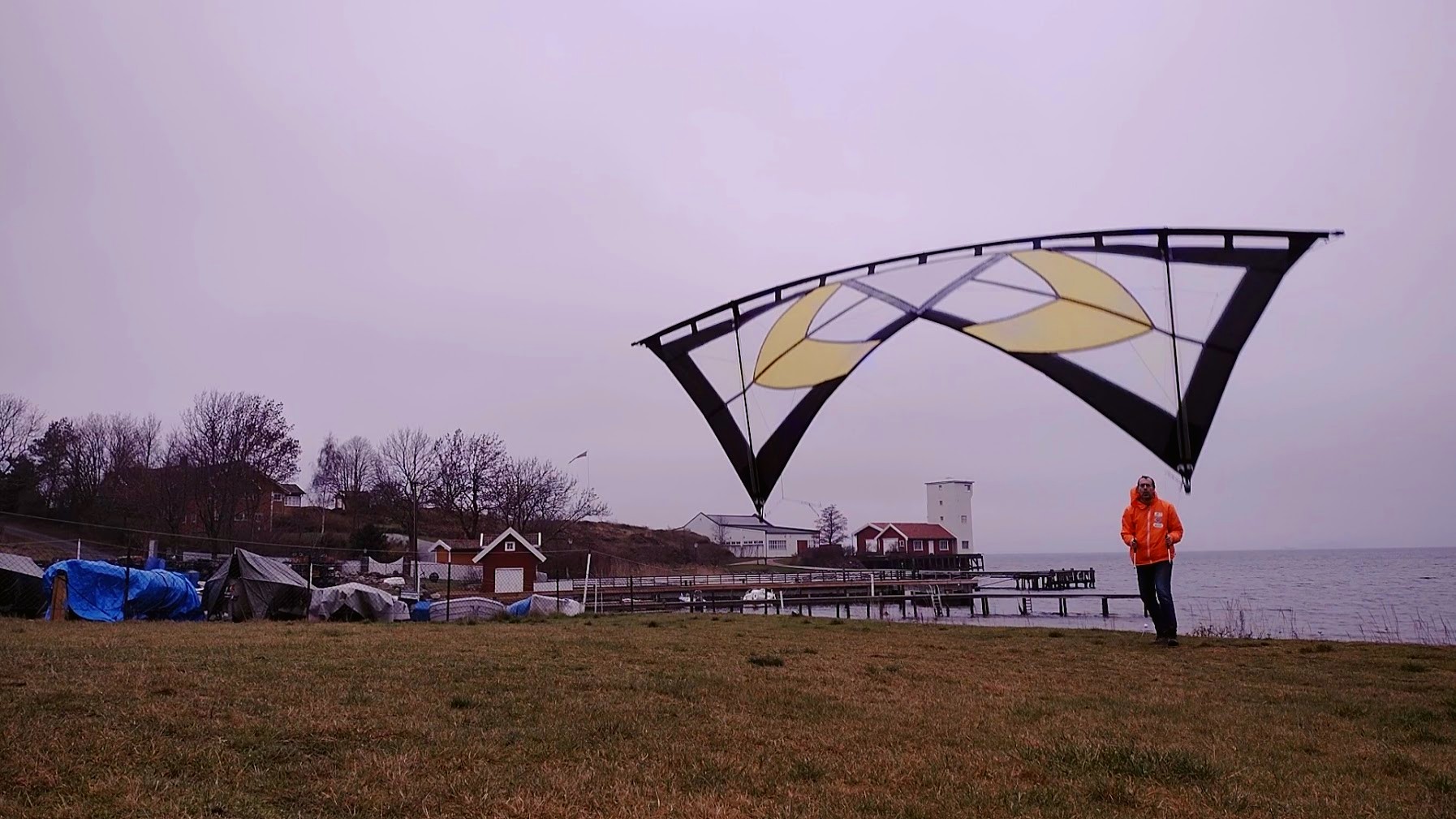
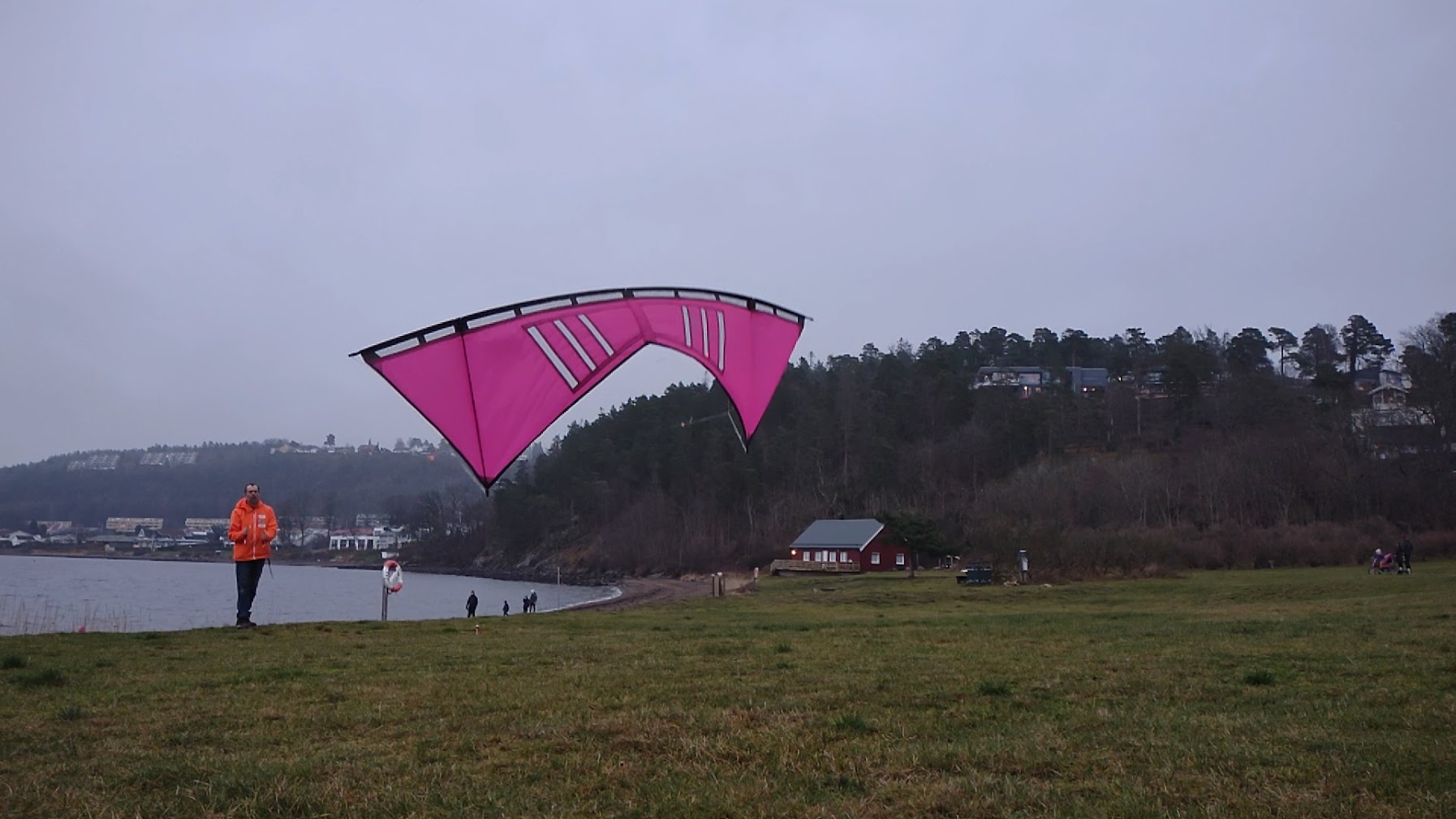






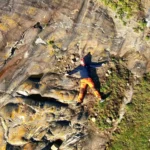
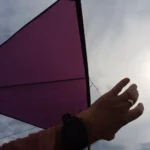


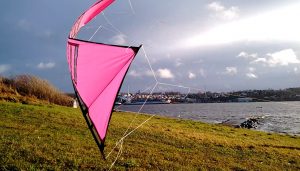
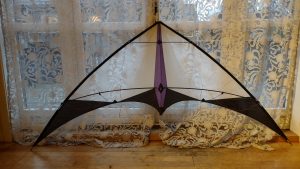
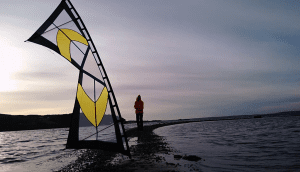
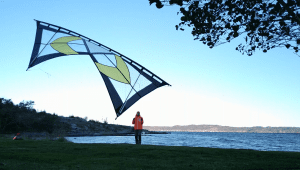
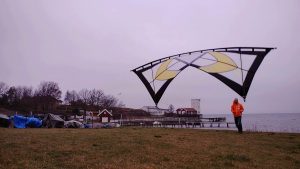
3 Responses
## Turns
What do you count as the default style of 90 deg turn (and this is also a question I have been myself for a long time)? – After all the turns should also be a part of the intent.:
* Where is the pivot point?
* Should the kite stop during any phase of the turn?
* Should the kite be powered through the turn or more coast-and-rotate on almost slack lines through the turn?
* Should the turn be performed by angling the left or right side of the sail or by powering up (increasing speed of) the outer half of the sail in the turn?
* Should one power up the kite before and/or after the turn?
Turns are fun and interesting and one can spend much time working on them.
## Side slides
The side slides can be made in a more aggressive way by really driving in whatever direction it is travelling. E.g. just because one side slides downwards, it doesn’t mean that the gravity must be the only driving force. Keep the handle of the side of the kite that leads the way closer to you (as expected) and *add pressure*. The LE will bend yes and the kite will start to deviate from the desired path following the now curved LE. Therefore (almost completely) release the brake on the side that leads and add much brake on the side that follows. There is a limit on how much that you can compensate for the curved LE. Therefore you can actively drive a kite in a side slide faster with a stiffer LE than you can with a softer one. Powering up a side slide gives much the same benefit as powering up reverse flight (or forward), you can make more distinct start and stops. But on the other side, the smooth/soft went well along with the soft music in the video.
## Looking at the pivot point
An advice (I originally saw it on KL in a JB post) when doing wing tip pivots is “shifting focus” to the pivot point. Is this piece of advice of value in your opinion?
// What do you count as the default style of 90 deg turn…?
Whatever it takes to make it look good! 😉
IMO it depends on quite a few things. Do you want a snappy turn or rather a fluent one? Where in the wind window are you doing the turn (slightly different turning techniques apply in different parts of the window)? Are you looking for a quick or a slow turn? Where would you like the set the pivot point?
..so as you can see, it’s back to the questions you ask yourself!
…and I think the pilot should decide him-/herself!
You might find more on this by following this link.
And BTW, I also find that focusing on the pivot point will improve the 90 deg. turn, just like JB mentions on KL.
// Side slides
Yes, the side slides are all in the hands! 😉 …and practice makes perfect! 🙂 I do a lot of side slides, and experiment with them all the time; from slow to fast, at any hight, using different input to see what happens to the kite, using different kites in different wind conditions, long(er) lines, short(er) lines, walking in both the direction of the slide and the other way, all kinds of stuff.
And the more I fly, the more I learn, and, hopefully, the better I get! 😉